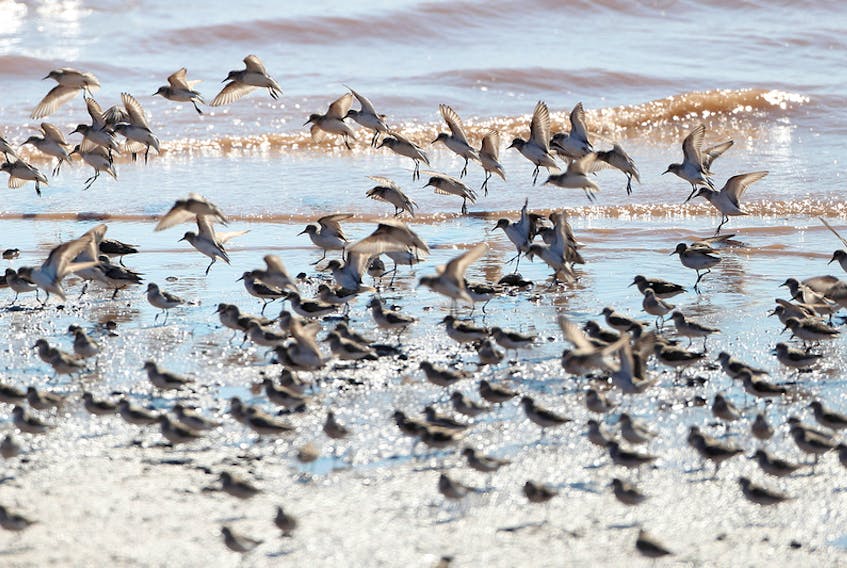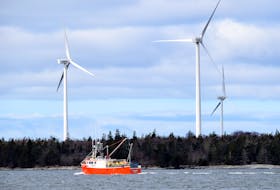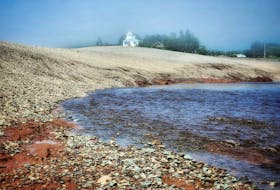AMHERST – Every July more than 100,000 sandpipers arrive in Minudie to feed on the mudflats during their yearly sojourn to South America.
The Nature Conservancy of Canada is working to bring international recognition to the area by bringing Western Hemisphere Shorebird Reserve Network designation to the mudflats of the Cumberland Basin and Cobequid Bay near Truro.
If successful it would join the Shepody Bay area near Johnson’s Mills, N.B. and the Minas Basin near Wolfville as designated reserves by the network that includes 12 shorebird reserves in the western hemisphere.
“Tens of thousands of shorebirds use that inter-tidal mudflat habitat in July, August and early September to fuel their flight for migration,” said Kerry Lee Morris-Cormier, who is coordinating the Western Hemisphere expansion project for the Nature Conservancy of Canada. “Thirty years ago, Johnson’s Mills and the Minas Basin the Wolfville area were designated as important to shorebirds. We want to advance shorebird conservation because of the declines in the populations and because it’s important to the culture and heritage of these small communities.”
The beaches and tidal mudflats of the Bay of Fundy are one of the most important stopover sites for shorebirds in North America. Every summer, more than half a million shorebirds fly through the bay on their winter migration from the Canadian Arctic to South America, and feed on the nutrient rich mudflats.
The Nature Conservancy of Canada operates a shorebird interpretive centre at Johnson’s Mills in July and August where the public can visit and experience the annual migration. Nearby Dorchester, N.B. also hosts an annual festival in July celebrating the sandpiper.
Migrating semipalmated sandpipers weigh approximately 20 to 25 grams (or half the size of a regular chocolate bar) when they arrive in New Brunswick.
They stay about three weeks to rest and feed on the beach. They will double their weight in preparation of their 72-hour flight to their final destination.
The peak time to see the largest amount of shorebirds in the Bay of Fundy is at the end of July and through the month of August.
In the spring, the process is reversed with the birds leaving Brazil and flying north with a stop in Delaware Bay, New Jersey before going back to the Arctic.
Morris-Cormier said the shorebird population has declined by as much as 70 per cent since the early 1970s because of factors such as climate change, the loss of habitat, natural disasters and human interaction.
Gaining network designation would not place additional regulatory restrictions on the area, but would help raise awareness and educate the public about the shorebirds and their place in the ecosystem. Migratory birds are already protected by federal legislation.
“Such a designation is not a law or regulatory, it’s just a group of people coming together with government, First Nations peoples and conversations to say this is important and we need to make sure shorebird conservation is a priority,” she said.
Morris-Cormier will be speaking to members of Cumberland municipal council and the River Hebert-Joggins development association in the coming weeks to update them on the project and the importance of the mudflats to birds like the sandpiper.
She’s hoping to get support from the people who live closest to the inter-tidal mudflats. She also wants to remind people how sensitive shorebirds are and the need to give them space when they’re resting on the beach at high tide.
“For tourists coming to the area it’s another attraction of something the Bay of Fundy offers. It would be a designation that could be celebrated through eco-tourism and wildlife viewing, festivals and birdwatching,” she said.
Twitter@ADNdarrell









